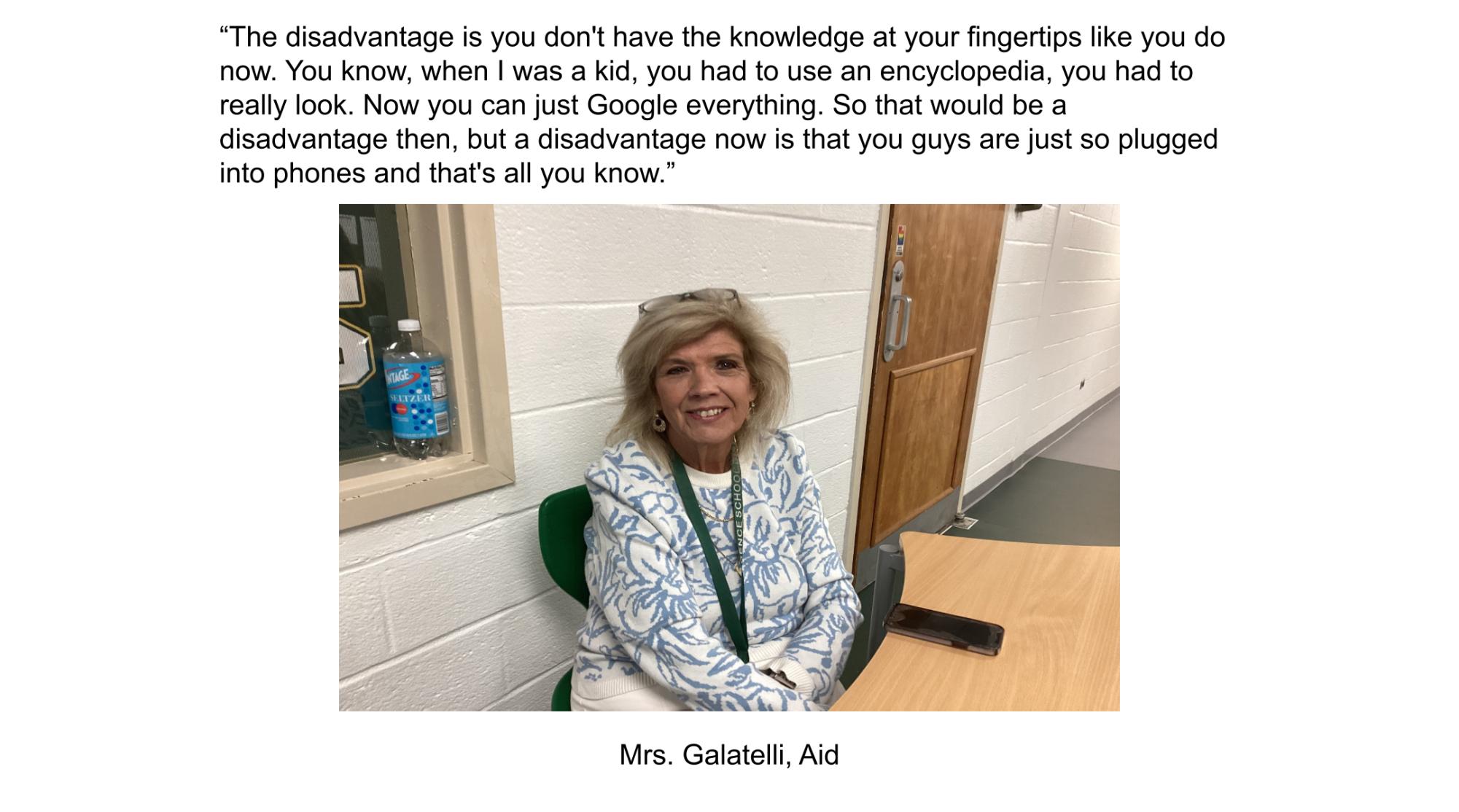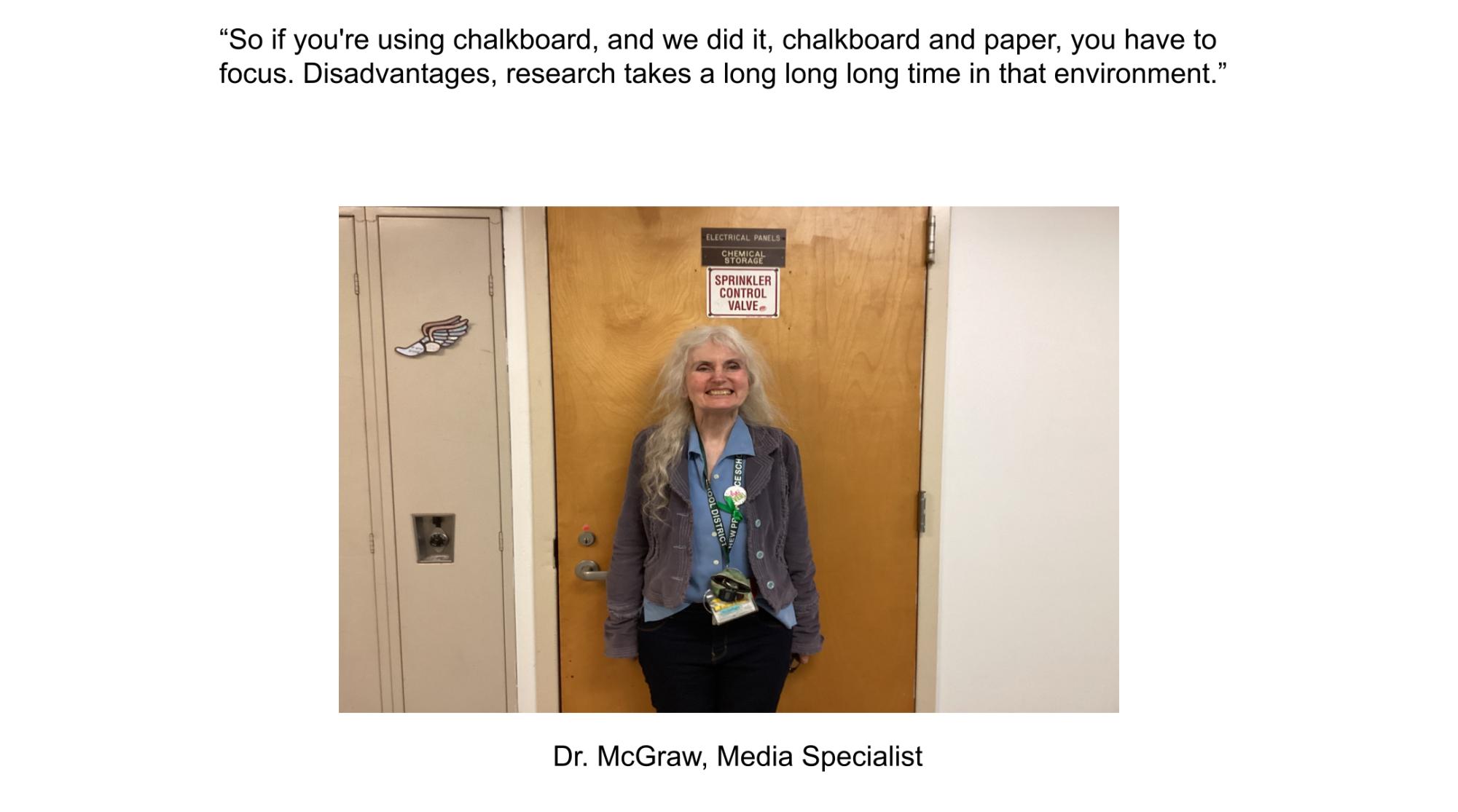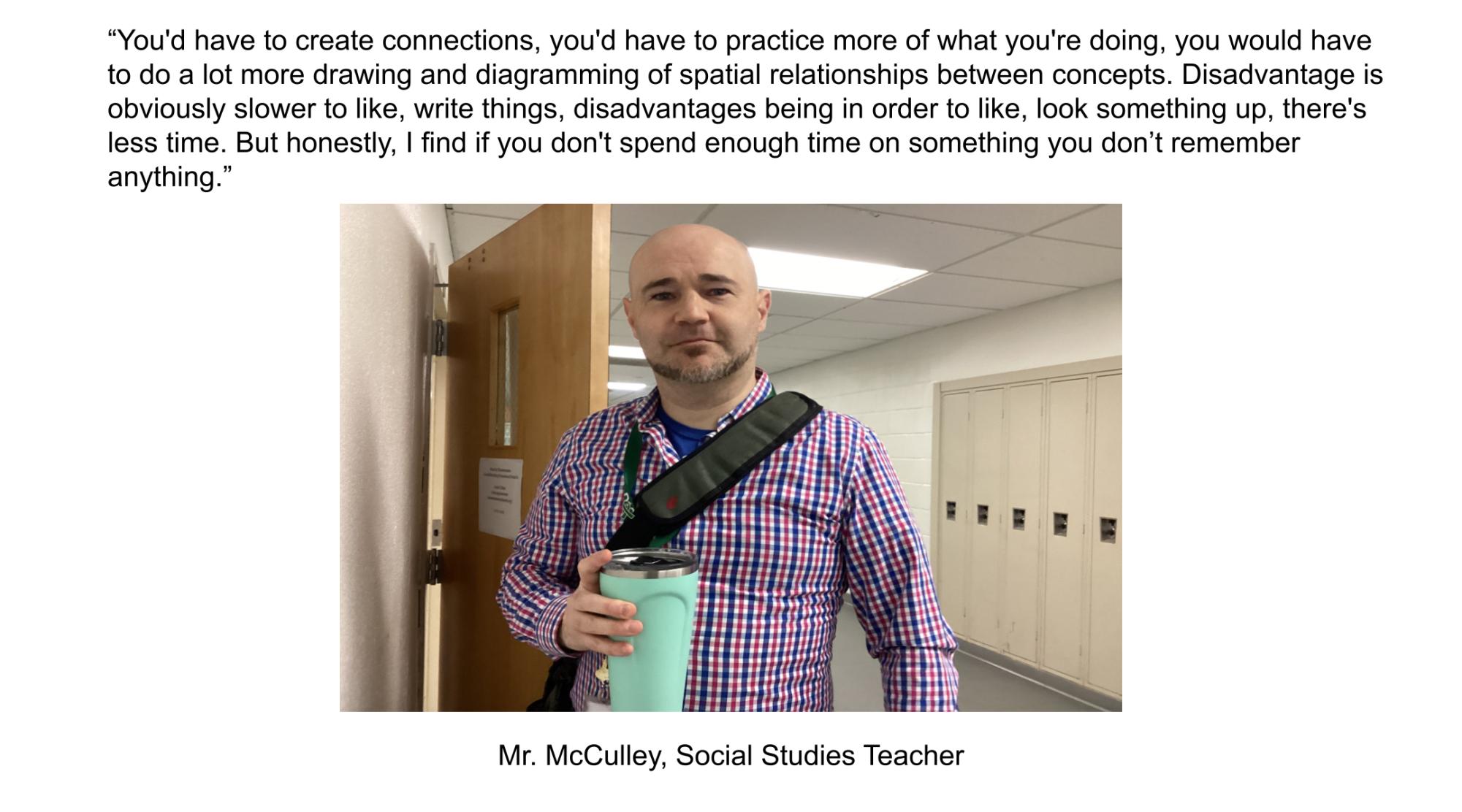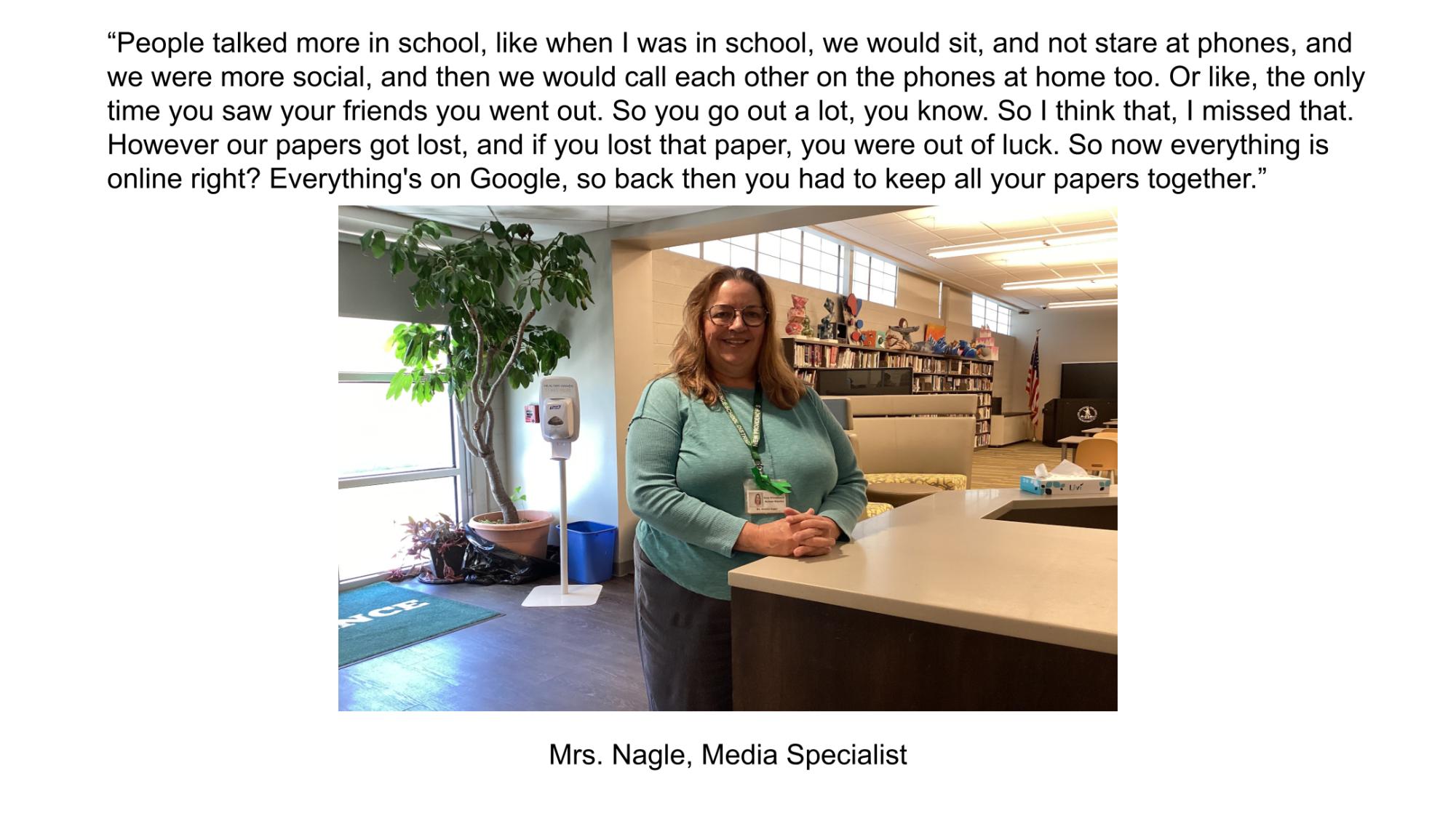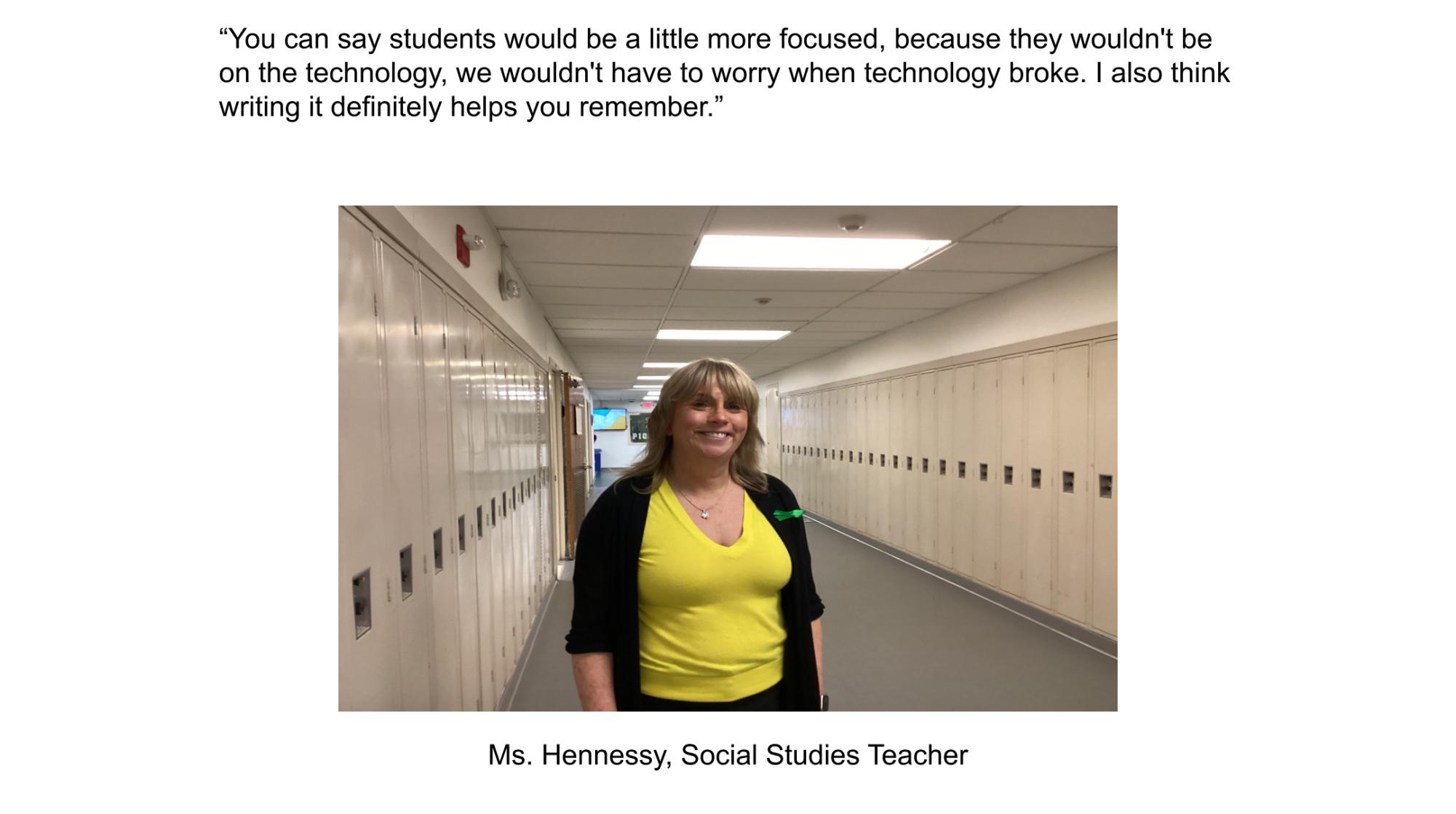Sad or SAD?
January 7, 2015
You notice yourself “slowing down” in the winter months. You would rather go to sleep really early than have dinner with friends on a weekend night. It feels nearly impossible for you to keep your New Year’s resolution of eating more fruits and vegetables. It becomes harder for you to concentrate on not only school work but also activities you really enjoyed just a couple of months ago. January can be rough. Day turns to night before five o’clock, temperatures drastically drop, the holiday season ends, midterms creep up, and winter seems never-ending. However, may people do not realize that depression and increased irritability or sensitivity during the winter months has a scientific name. Seasonal affective disorder (SAD) affects 6% of people all ages.
The symptoms of seasonal affective disorder may be mild or severe. Basic symptoms are trouble waking up in the morning, a tendency to prefer carbohydrates, fats, and sugars over fruits and vegetables, and a decrease in energy. Symptoms can also extend to a sad and irritable mood, anti-social behavior, difficulty concentrating, decreased self-esteem, and potentially even a feeling of worthlessness.
Even though the symptoms of SAD are pretty straightforward, the causes are more intriguing and debatable. The main cause is most likely the decrease in sunlight during the winter months. There is no evidence yet that explains why light is the cause, but there are many theories. One theory is that the decrease in sunlight leads to an increase in melatonin and a decrease in serotonin which biologically causes depression during the winter. This makes sense because in the summer months, people with SAD sometimes experience mania which may be a result of a decrease in melatonin and an increase in serotonin. Although this theory has not been scientifically proven yet, it is logical and widely used to explain the causes of SAD. This theory is also supported by the fact that people that live farther from the equator are more likely to have SAD than people who live close to the equator. However, many people make the mistake of believing that cold temperatures trigger seasonal affective disorder. This is a common misconception that holds no truth. In addition, it has not yet been determined why some people are more sensitive to the changes in sunlight and susceptible to the SAD than others.
Seasonal affective disorder can be avoided somewhat easily. First of all, eat right. Even if you are craving pasta and bread, try to remember some fruits and vegetables. In addition, try to maintain a regular sleep schedule to help keep melatonin and serotonin levels stable. Finally, try to put more effort into socializing and keeping up your energy level when it becomes difficult. Maybe get a change of scenery once in a while or try to meet new people and do new things. Exercise can also boost your mood and energy level. There are also ways to treat seasonal affective disorder. Because the decrease of sunlight causes SAD, try to increase your exposure to light. Sit next to a window while doing work, go on a walk or a run outside, or even use an artificial light if that’s the best you can do.
However, just because a person is sad during the winter does not mean they can be diagnosed with SAD. In fact, most people who think that they have SAD do not. They might just have what is popularly called the “winter blues.” Statistically, this affects a higher percentage of people in the northern and mid-Atlantic states than southern states. The causes of the “winter blues” are much different from the causes of SAD. These people may just be stressed out from the holiday season and the increased pressure to spend money or social obligations that come with it. You can prevent this common phenomenon by trying to relax a little during the holiday season and the months that come before and after. Manage your time, don’t fill up your schedule too much, and try to talk out your stresses with others.
If you as a high school student feel stressed out or down in general in the upcoming months, you’re probably just have a mild case of the winter blues. However, seasonal depression is real. It may be confusing sometimes, but seasonal affective disorder and winter blues are not synonyms.












